Multispecies, it’s a buzzword at the minute, but it’s a buzzword with the potential to have a significant impact on Irish agriculture.
The Irish Farmers Journal caught up with UCD School of Agriculture and Food Science’s Prof Tommy Boland and Dr Helen Sheridan, both of whom are working on the SmartSward project and have plenty of experience with multispecies swards from their research.
When speaking to the UCD pair, it becomes clear that there is huge potential in multispecies swards and their use could help in meeting fertiliser reduction targets set out by the Department of Agriculture and the EU.
There is a lot to learn, but as Tommy noted, we still have a lot to learn about the management of clover too and with that the pair debunked a few myths and gave a few solid pieces of advice for farmers trying multispecies swards on their farm.
Good grassland management
The first thing to note with multispecies swards is that they require good grassland management, just like a perennial ryegrass sward.
As with all reseeds, where multispecies swards are being planted, lime, phosphorus and potassium need to be at optimum levels.
Multispecies swards contain plants chosen for their ability to produce high dry matter yields and the mix of plants, which includes legumes, allows for nitrogen application rates to be dramatically reduced. The swards have the potential to increase animal intake, improve performance and improve animal health.
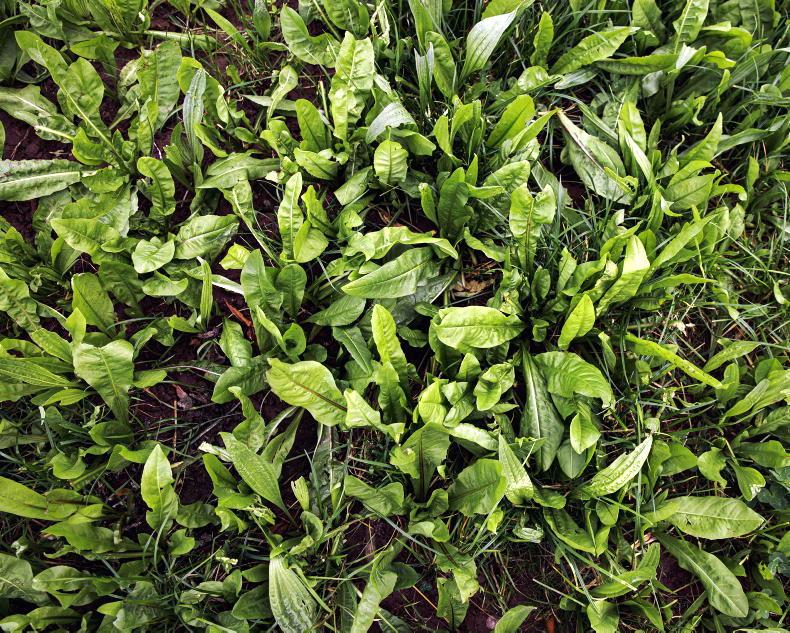
Multispecies swards contain plants chosen for their ability to produce high dry matter yields.
“Anyone who doesn’t manage a ryegrass sward well isn’t going to manage a multispecies sward well,” Helen cautioned.
On establishment, she said: “If there is a weed problem in the seedbed, that weed problem is going to be there whether it’s multispecies or not.”
While acknowledging the increase in weed control options on perennial ryegrass swards, Helen explained that UCD and Teagasc research has shown that weeds have not been a significant problem in multispecies swards. In fact, Teagasc research has shown a decrease in weed content in these swards.
Improved animal performance
“When we establish multispecies swards and we feed them to animals, the animal performance is improved. Essentially, every trial we’ve looked at now, whether that be cattle alone, sheep alone or cattle and sheep co-grazing or the limited amount of work we’ve done with dairy cows, animal performance is improved,” Tommy said.

Multispecies swards can help to reduce nitrogen rates.
“To sum it up quickly, animals are getting to their target slaughter weight more rapidly by feeding them on multispecies swards compared to perennial ryegrass only swards and that’s coming from accelerated individual animal daily liveweight gain.
“So they’re growing quicker each day they’re on the farm and they’re getting to their target weight more rapidly. That’s with beef cattle, heifers, steers and with lambs.”
Tommy said that the increased nutritional value of the swards, along with improvements in crude protein at certain times of the year and a higher energy value in the swards in the second half of the year when compared with perennial ryegrass swards all contribute to this improvement in performance.
Reduction in animal health remedies
The swards have also allowed for a reduction in the use of anthelmintics in the UCD trials.
“We’ve reduced the requirement of drenching sheep by 50%, which is massive for two reasons,” Tommy said.
“Firstly, you’re not drenching them as often so you’ve reduced labour and costs associated with that, but, secondly, when you reduce the frequency of dosing an animal you slow down the rate of anthelmintics resistance development.”
The less you expose a parasite to a drug, the less opportunity it has to adapt and form a different strain or gain a different trait to fight against the drug used.
There are no set guidelines for multispecies management. A longer rotation is recommended and the post-grazing sward height should be higher than perennial ryegrass-based swards but, according to Helen, we are unlikely to see very specific management guidelines like we see for perennial ryegrass swards.
Helen noted that because swards will have different mixtures and percentages of legumes, grasses and herbs there will be wide variability between systems and environments.
“The really important bit for me in all of this is these swards allow you to reduce your nitrogen. We are producing as much dry matter, if not more, on multispecies swards by using half the fertiliser nitrogen.”
Helen said that at times there is no yield response from nitrogen applications, the dry matter production simply shifts from legumes to ryegrass. Helen said farmers will have to decide themselves if applying nitrogen is worth it for the extra dry matter production gained.
She recommended applying nitrogen early in the season.
“What we have been doing, because of the legumes, is frontloading the nitrogen. So in the early part of the year go in with the nitrogen before the legume activity kicks in and this won’t impact on the legumes. That’s key to it.”
There is a gap in knowledge on how to manage these swards on-farm and both were in agreement that there is a massive opportunity for a citizen science approach to gather information, especially with the introduction of the REAP (Results-based Environment-Agri Pilot) scheme.
The researchers hope that the Department of Agriculture will use this scheme to gather information and experience from farmers who have multispecies swards and use this information to provide guidance and narrow down the knowledge gap for others.
Multispecies, it’s a buzzword at the minute, but it’s a buzzword with the potential to have a significant impact on Irish agriculture.
The Irish Farmers Journal caught up with UCD School of Agriculture and Food Science’s Prof Tommy Boland and Dr Helen Sheridan, both of whom are working on the SmartSward project and have plenty of experience with multispecies swards from their research.
When speaking to the UCD pair, it becomes clear that there is huge potential in multispecies swards and their use could help in meeting fertiliser reduction targets set out by the Department of Agriculture and the EU.
There is a lot to learn, but as Tommy noted, we still have a lot to learn about the management of clover too and with that the pair debunked a few myths and gave a few solid pieces of advice for farmers trying multispecies swards on their farm.
Good grassland management
The first thing to note with multispecies swards is that they require good grassland management, just like a perennial ryegrass sward.
As with all reseeds, where multispecies swards are being planted, lime, phosphorus and potassium need to be at optimum levels.
Multispecies swards contain plants chosen for their ability to produce high dry matter yields and the mix of plants, which includes legumes, allows for nitrogen application rates to be dramatically reduced. The swards have the potential to increase animal intake, improve performance and improve animal health.

Multispecies swards contain plants chosen for their ability to produce high dry matter yields.
“Anyone who doesn’t manage a ryegrass sward well isn’t going to manage a multispecies sward well,” Helen cautioned.
On establishment, she said: “If there is a weed problem in the seedbed, that weed problem is going to be there whether it’s multispecies or not.”
While acknowledging the increase in weed control options on perennial ryegrass swards, Helen explained that UCD and Teagasc research has shown that weeds have not been a significant problem in multispecies swards. In fact, Teagasc research has shown a decrease in weed content in these swards.
Improved animal performance
“When we establish multispecies swards and we feed them to animals, the animal performance is improved. Essentially, every trial we’ve looked at now, whether that be cattle alone, sheep alone or cattle and sheep co-grazing or the limited amount of work we’ve done with dairy cows, animal performance is improved,” Tommy said.

Multispecies swards can help to reduce nitrogen rates.
“To sum it up quickly, animals are getting to their target slaughter weight more rapidly by feeding them on multispecies swards compared to perennial ryegrass only swards and that’s coming from accelerated individual animal daily liveweight gain.
“So they’re growing quicker each day they’re on the farm and they’re getting to their target weight more rapidly. That’s with beef cattle, heifers, steers and with lambs.”
Tommy said that the increased nutritional value of the swards, along with improvements in crude protein at certain times of the year and a higher energy value in the swards in the second half of the year when compared with perennial ryegrass swards all contribute to this improvement in performance.
Reduction in animal health remedies
The swards have also allowed for a reduction in the use of anthelmintics in the UCD trials.
“We’ve reduced the requirement of drenching sheep by 50%, which is massive for two reasons,” Tommy said.
“Firstly, you’re not drenching them as often so you’ve reduced labour and costs associated with that, but, secondly, when you reduce the frequency of dosing an animal you slow down the rate of anthelmintics resistance development.”
The less you expose a parasite to a drug, the less opportunity it has to adapt and form a different strain or gain a different trait to fight against the drug used.
There are no set guidelines for multispecies management. A longer rotation is recommended and the post-grazing sward height should be higher than perennial ryegrass-based swards but, according to Helen, we are unlikely to see very specific management guidelines like we see for perennial ryegrass swards.
Helen noted that because swards will have different mixtures and percentages of legumes, grasses and herbs there will be wide variability between systems and environments.
“The really important bit for me in all of this is these swards allow you to reduce your nitrogen. We are producing as much dry matter, if not more, on multispecies swards by using half the fertiliser nitrogen.”
Helen said that at times there is no yield response from nitrogen applications, the dry matter production simply shifts from legumes to ryegrass. Helen said farmers will have to decide themselves if applying nitrogen is worth it for the extra dry matter production gained.
She recommended applying nitrogen early in the season.
“What we have been doing, because of the legumes, is frontloading the nitrogen. So in the early part of the year go in with the nitrogen before the legume activity kicks in and this won’t impact on the legumes. That’s key to it.”
There is a gap in knowledge on how to manage these swards on-farm and both were in agreement that there is a massive opportunity for a citizen science approach to gather information, especially with the introduction of the REAP (Results-based Environment-Agri Pilot) scheme.
The researchers hope that the Department of Agriculture will use this scheme to gather information and experience from farmers who have multispecies swards and use this information to provide guidance and narrow down the knowledge gap for others.







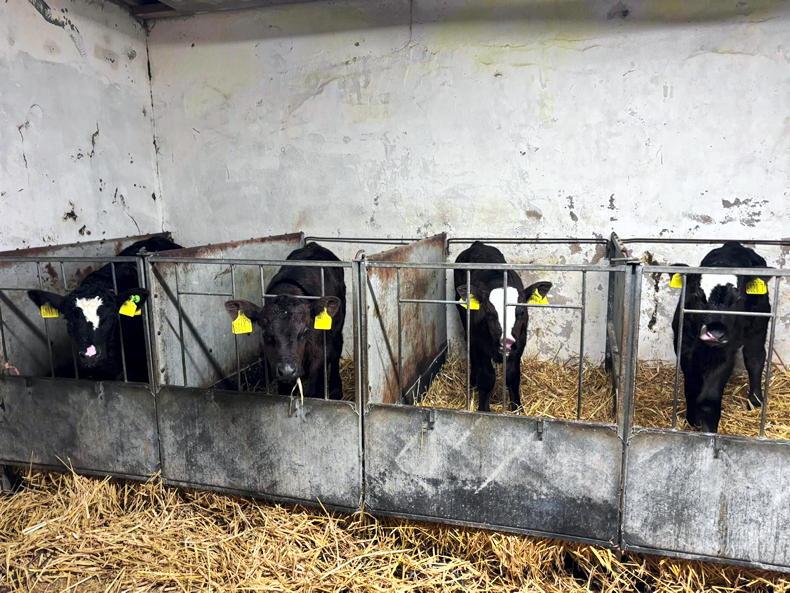

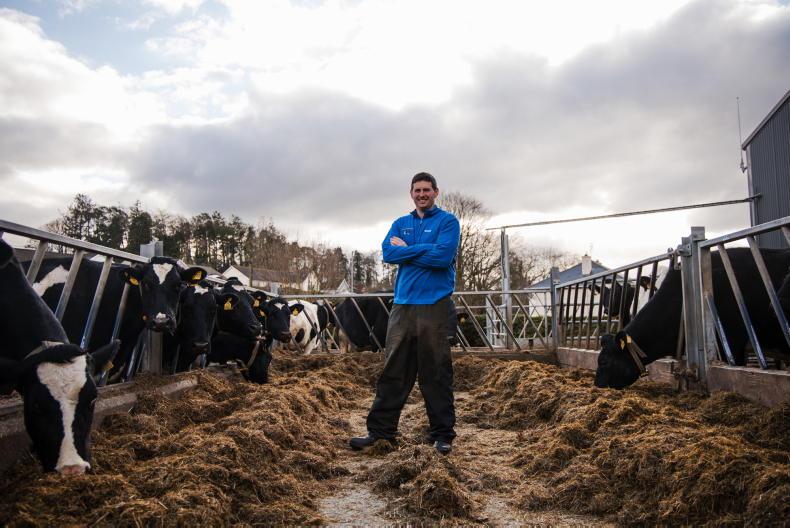
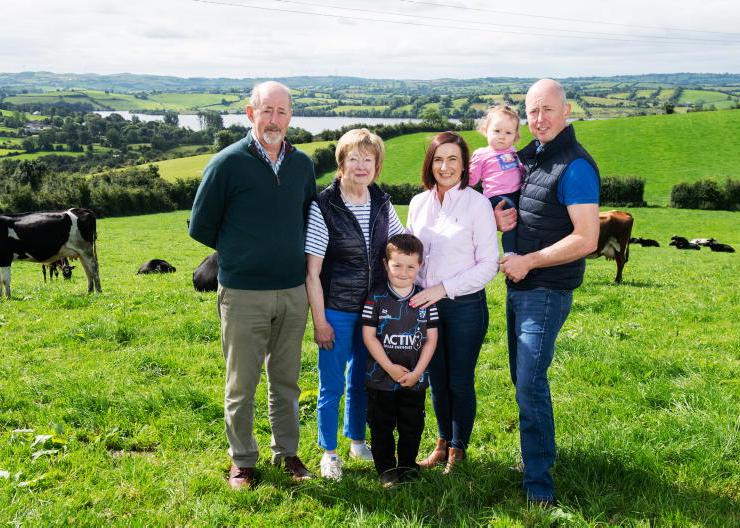
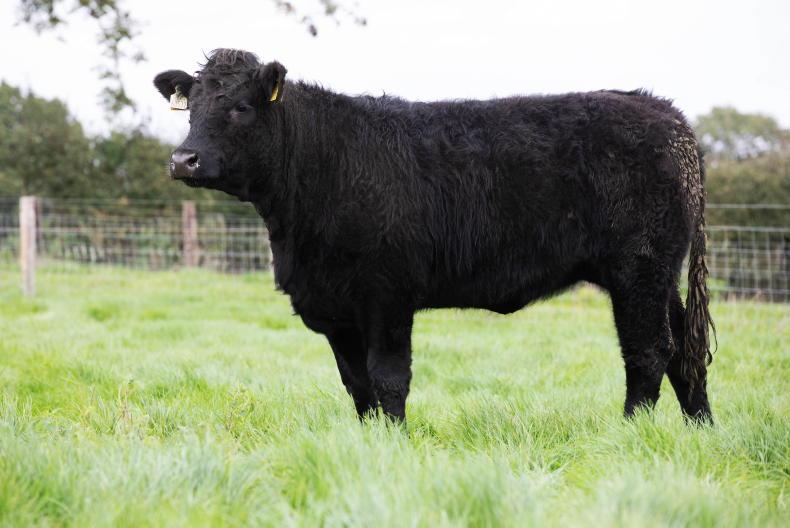
SHARING OPTIONS